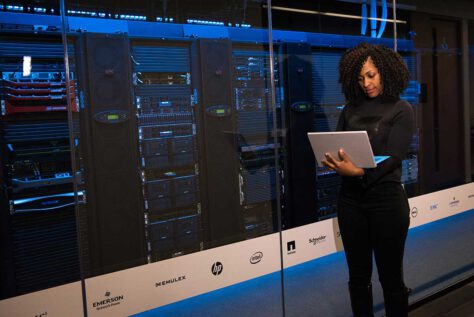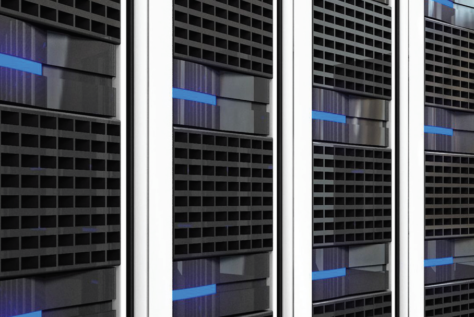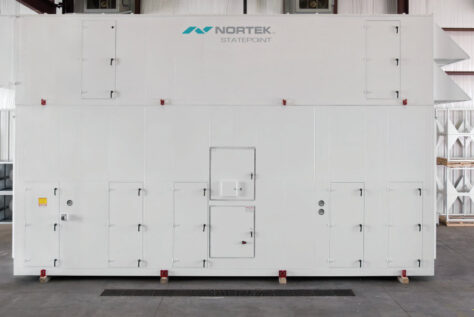Today we continue our Data Center Executive Roundtable, a quarterly feature showcasing the insights of thought leaders on the state of the data center industry, and where it is headed.
In today’s discussion, our panel of experienced data center executives weighs in on the present and future of rack density in the age of artificial intelligence. The conversation is moderated by Rich Miller, the founder and editor of Data Center Frontier.
Data Center Frontier: Data Center Frontier: Artificial intelligence is bringing more powerful chips into the data center. What’s your take on the present and future of rack density, and how it may influence data center equipment and design?
KEVIN FACINELLI, Nata Center Frontier: Industry statistics indicate average rack density has increased from 7.2 kW in 2018 to 8.2 kW in 2019. Averages can be misleading because AI and computational rigorous applications can range from 15 to 30 kW.
Data center operators have to realize which technology offers future relevance. Rack densities have climbed exponentially since we entered the liquid cooling market 25 years ago, and our liquid cooling equipment is now in 10 percent of the top 100 supercomputers listed in the International Supercomputer Conference’s Top500 and Green500.
More companies are entering the AI and computational market, but they’re also using open hardware or equipment with higher computational abilities in addition to supercomputers.
Therefore, colocations are now at a crossroads between two growth strategies. Some social media companies continue with 5 kW rack densities, but they’re distributing the increasing loads across a large amount of infrastructure as they grow. The other strategy is from the processor level where high density chip clusters are requiring computational density for training AI models. This strategy generates significantly more heat that must be rejected.
Air (hot aisle/cold aisle) and liquid can both provide adequate cooling for a floor of low and medium density racks, especially since the trend is toward higher ambient cooling temperatures without affecting uptime. However, a problem arises when high density 15 to 30-kW server racks are mixed in with mostly low and medium density racks in a data hall. Should the data center hall’s ambient temperature be lowered to accommodate the higher heat generation at a significant operational cost penalty? Or would direct liquid cooling, such as coolant distribution units (CDU) or rear door heat exchangers, efficiently accommodate the high density racks, while leaving the ambient temperature higher for the low and medium density equipment?
While there are plenty of suppliers of equipment such as CDUs, data center operators should instead find turnkey solution providers that offer the CDU, the plant that supplies the CDU and other distribution choices, the additional materials for complete integration into the data hall, the contractor, servicing, warranties and other services leading to single source responsibility.







